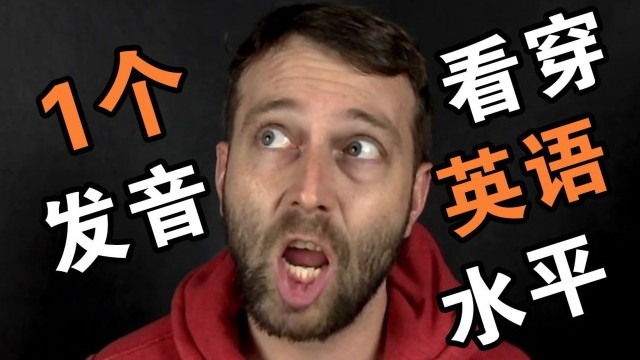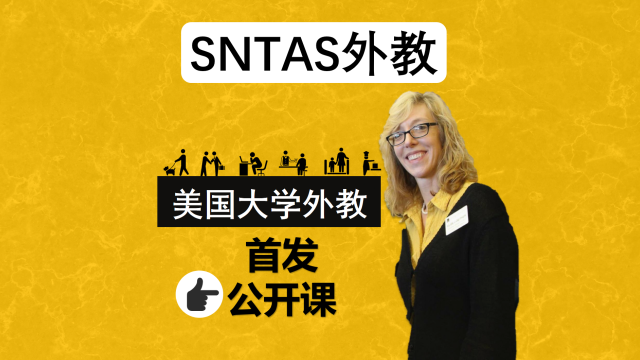【大家一起学发音】[ei]该怎么发(视频)
Video Text:
The [ei] diphthong. I find this diphthong hard to classify. I've seen some sources that use an open e sound at the beginning, that would be the [e] as in bed, and others that use a closed e, which doesn't exist on its own as a vowel sound in English. {[e], 'ey'} And then the final sound is [i], the open vowel, as in sit. Although I find it, in practice, to be halfway between the ih as in sit and the ee as in she. The first sound: ey. Now in the sound my tongue, in the very back, is actually touching the top of my mouth. Is it the top of my mouth, is it the throat, it's hard to tell because it's so far back there. Ey, ey. It's kind of where the top of the mouth meets the throat. Where the back of the tongue comes up to touch there. Ey, ey. Now that's different on the eh as in bed where the tongue is not acutally touching the roof of the mouth. Eh, as in bed, the tongue feels a little more forward. I would say this is eh, ey, ey. So it comes back a little so it can touch back there. Ey, ey, ey, as you can see, the jaw is quite closed, ey, ey, and the rest of the tongue comes forward. Ey, ey. Now to go to the ih sound, the jaw closes even more, ei ei ei, and the part of the tongue that touches the roof of the mouth is this part. So in the ey, it's back here that it touches, and in the ih, it's this part that touches. It just comes up and touches the roof of the mouth further forward.
[ei]是一个双元音,有些人认为它的第一个音是bed中的[e]音,另外一些人认为第一个音应该念作'ey'。此外,他们认为最后一个音是sit中的开元音[i],但是我觉得应该是介于[i]和she中的[i:]音之间。
念第一个'ey'音时,舌头要放在很靠后,舌根要碰到口腔与喉咙的连接处。而发bed中的[e]音时,舌头是不碰到上颚的,舌头的位置更靠前,所以说有所区别。发'ey'时口型收得较紧,舌头的其他部分向前平伸。接下来就要变成[i]音了,口型将收得更紧,之前是舌根触及上颚,现在要将舌头轻轻抬起,变成舌头前部触及上颚。
Sample words:
say 说
grey 灰色
may 可能
Sample sentence:
I stayed at the bay and played all day. 我在海湾玩了一整天。











